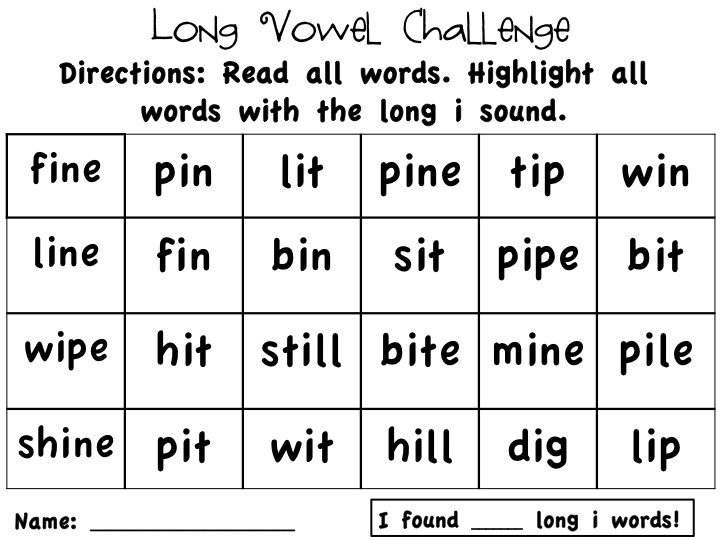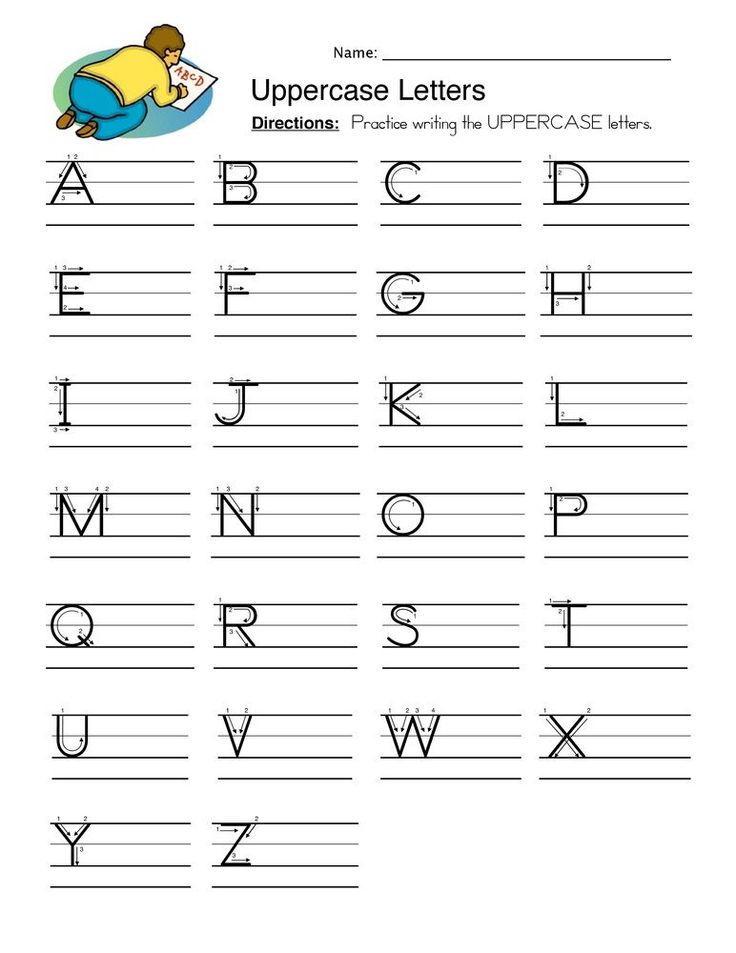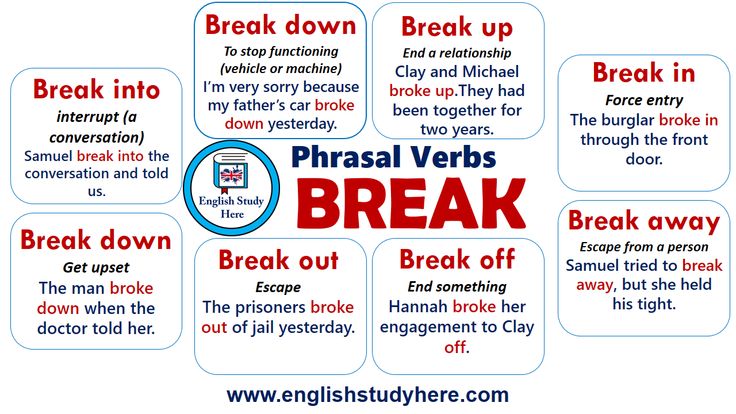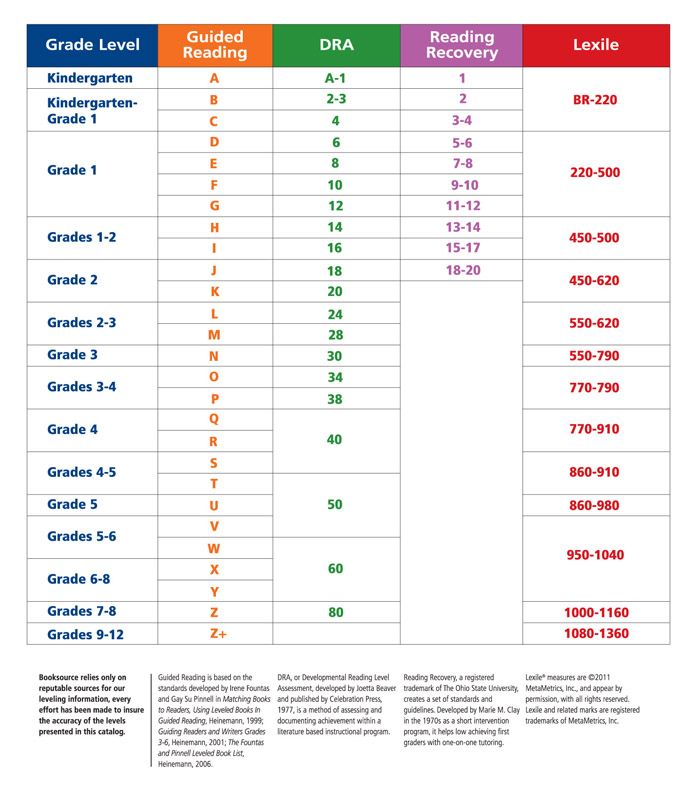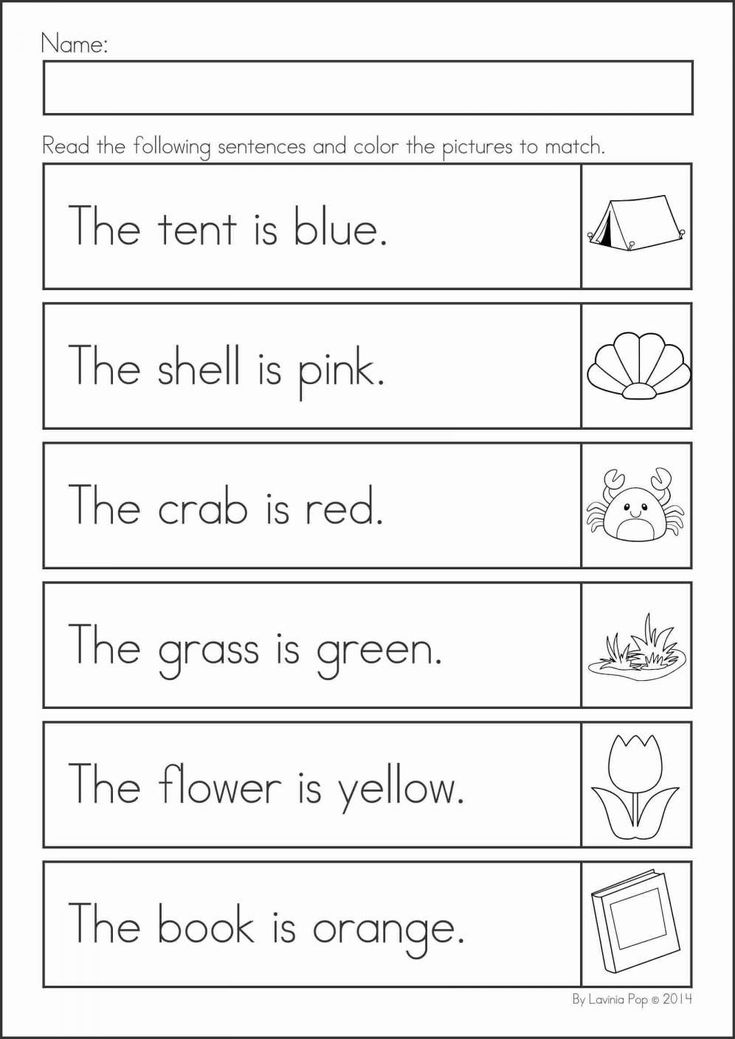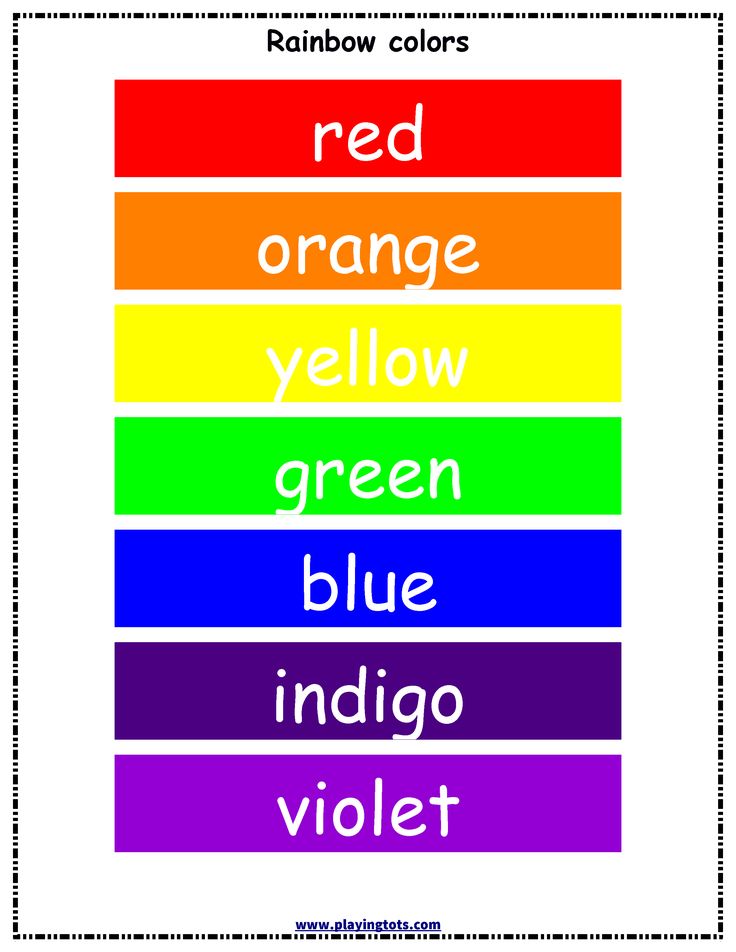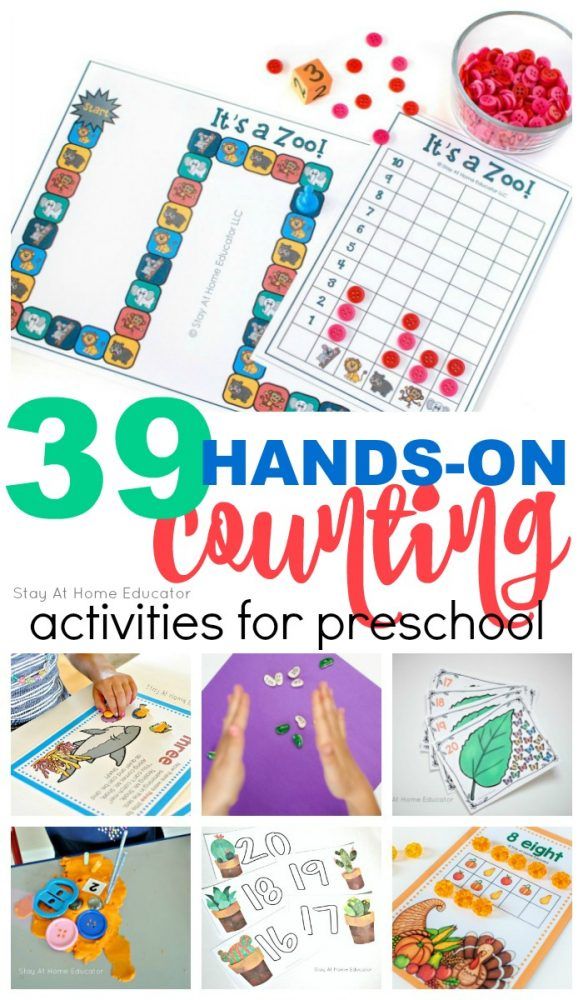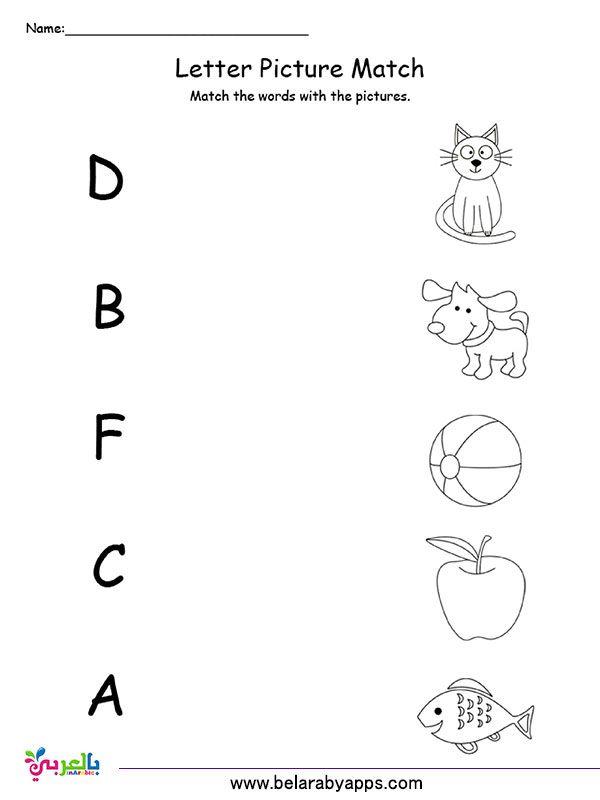Practicing letter sounds
Letters and Sounds: Practical Ideas for Parents
By: Texas Education Agency
Provide your child with the opportunity to learn that written words are made up of letters that match the sounds in spoken words.
Children can be taught to match the sounds with letters in an orderly and direct way. For example, the letter n matches the /n/ sound in nurse).
Here are some activities to try:
- Make letter-sounds and have your children write the letter or letters that match the sounds.
- Play word games that connect sounds with syllables and words (for example, if the letters "p-e-n" spell pen, how do you spell hen?).
- Write letters on cards. Hold up the cards one at a time and have your children say the sounds (for example, the /d/ sound for the letter d).
- Teach your children to match the letters in their names with the sounds in their names.
- Point out words that begin with the same letter as your children's names (for example, John and jump).
Talk about how the beginning sounds of the words are alike.
- Use alphabet books and guessing games to give your children practice in matching letters and sounds. A good example is the game, "I am thinking of something that starts with /t/."
- Write letters on pieces of paper and put them in a paper bag. Let your children reach into the bag and take out letters. Have them say the sounds that match the letters.
- Take a letter and hide it in your hand. Let your children guess in which hand is the letter. Then show the letter and have your children say the letter name and make the sound (for example, the letter m matches the /m/ sound as in man).
- Make letter-sounds and ask your children to draw the matching letters in cornmeal or sand.
- Take egg cartons and put a paper letter in each slot until you have all the letters of the alphabet in order. Say letter-sounds and ask your children to pick out the letters that match those sounds.
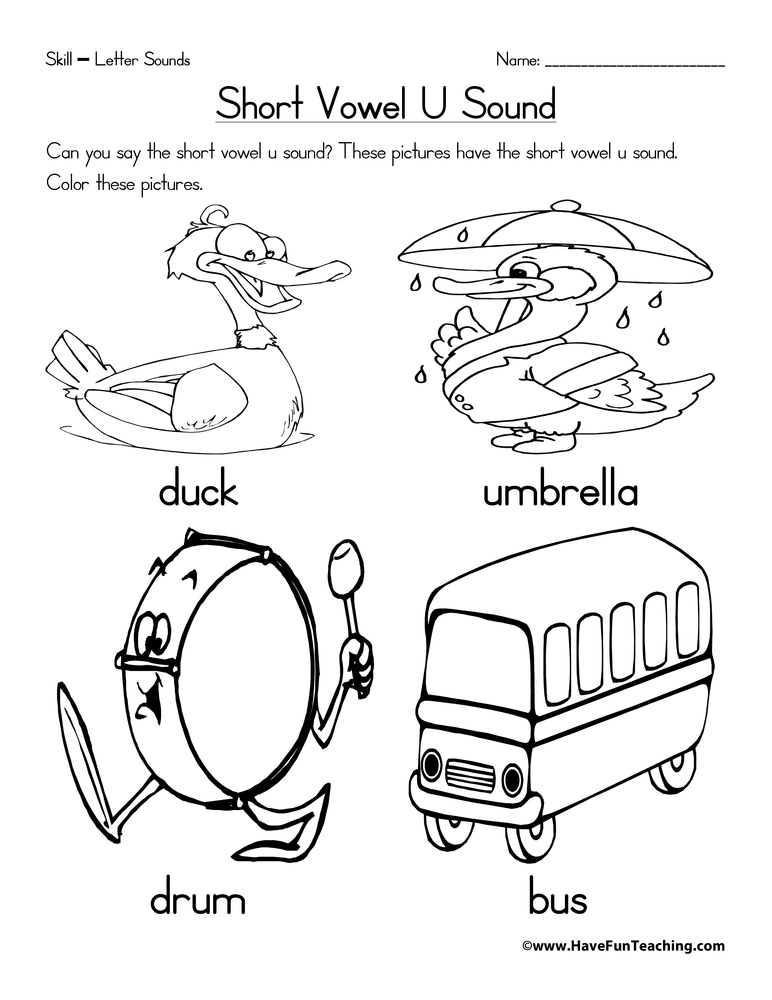
Adapted from: Beginning Reading Instruction: Practical Ideas for Parents. Texas Education Agency.
Reprints
You are welcome to print copies for non-commercial use, or a limited number for educational purposes, as long as credit is given to Reading Rockets and the author(s). For commercial use, please contact the author or publisher listed.
Related Topics
Activities
Early Literacy Development
Phonics and Decoding
New and Popular
Print-to-Speech and Speech-to-Print: Mapping Early Literacy
100 Children’s Authors and Illustrators Everyone Should Know
A New Model for Teaching High-Frequency Words
7 Great Ways to Encourage Your Child's Writing
Screening, Diagnosing, and Progress Monitoring for Fluency: The Details
Phonemic Activities for the Preschool or Elementary Classroom
Our Literacy Blogs
Shared Reading in the Structured Literacy Era
Kids and educational media
Meet Ali Kamanda and Jorge Redmond, authors of Black Boy, Black Boy: Celebrating the Power of You
Get Widget |
Subscribe
5 Fun And Easy Tips
Letter sounds are one of the very first things your child will encounter when they begin to explore reading.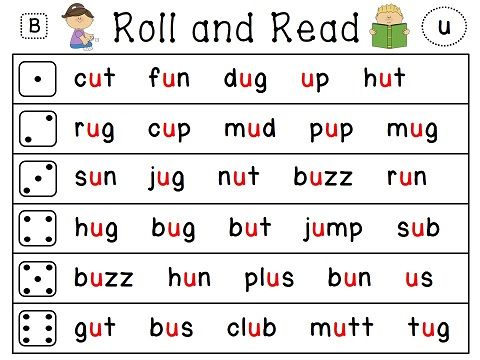
By recognizing the phonetic sounds that alphabetic letters make, your child will take their first big step toward associating words with their individual sounds, an essential tool for, when the time is right, sounding out words.
Most new readers start from the same place — by learning their letters! And no matter where your child is on their reading journey, working with them on their letter sounds is a great way to help strengthen their fundamental skills.
Here are five fun and effective tips for working on letter sounds with your child.
5 Fun And Easy Ways To Teach Letter Sounds
1) Touch And Feel Letters
Humans are tactile creatures, and we depend on touch to tell us a lot about the world around us. This is especially true of kids when they’re learning!
Although most traditional reading curriculums focus on auditory and visual cues for letters and their sounds, touch can be helpful, too. We have five senses, after all, so we might as well take advantage of them!
As opposed to relying solely on how a letter looks when it’s written (and flat), adding in a physical sensory element can help your child build a stronger connection to the letter sound they’re trying to learn.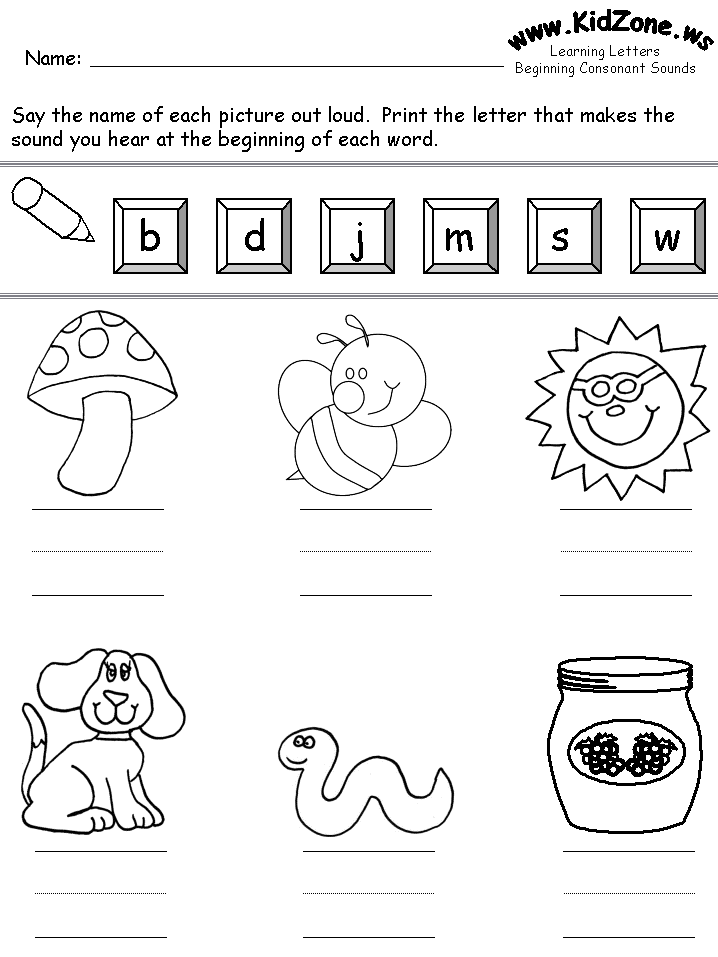
Doing this engages an extra part of their brain while they learn. Not only will they know what the letter looks and sounds like but also what it “feels” like. Associating the “feel” of a letter with its pronunciation may help them gain a better understanding of letter sounds more quickly.
There are plenty of options for exploring reading through your child’s sense of touch. The best part? Your child will get to do one of their favorite things — make a mess! Letting them get messy with letters provides a great incentive to learn.
If you’d like to try this tactile learning style, you can get started by grabbing a few blank pieces of paper. Using a thick, dark marker, write out the letters you want your child to work on.
Then, you can simply grab whatever you have around the house that is malleable enough to form into letters. PlayDoh or kinetic sand are both great options.
We recommend saying the associated letter sound as your child looks at and forms the written letter with the PlayDoh or kinetic sand.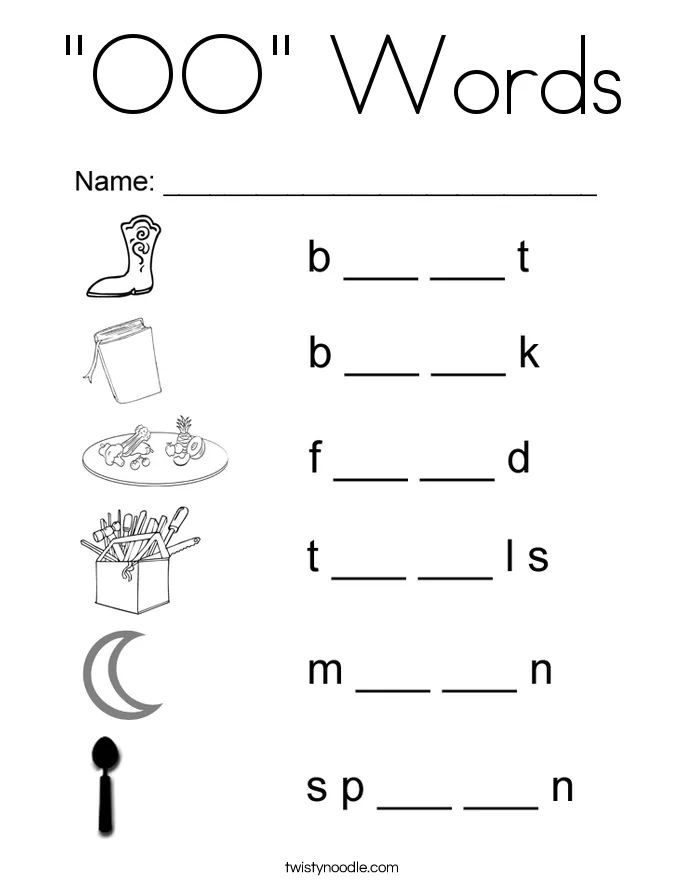 You can also encourage them to shape their material over the outlined letter on the page if they need some extra guidance.
You can also encourage them to shape their material over the outlined letter on the page if they need some extra guidance.
Feel free to also brainstorm words with them that share the letter sound they’re practicing. This could help them make even more connections to the letter and its sound!
If you don’t mind a little extra clean up, shaving cream can also be a great option! Simply spread out the shaving cream on a flat surface. Trace out the letter for them in the shaving cream, then ask them to do the same while you repeat the letter sound.
2) Connect Letter Sounds To Familiar Symbols
Letters and their sounds might be unfamiliar to your child. By making a connection between letter sounds and items or symbols your child might already be familiar with, you can help bridge the gap between what they don’t know yet and what they do!
Utilizing things that your child already knows and loves may encourage them to get more engaged with learning their letter sounds.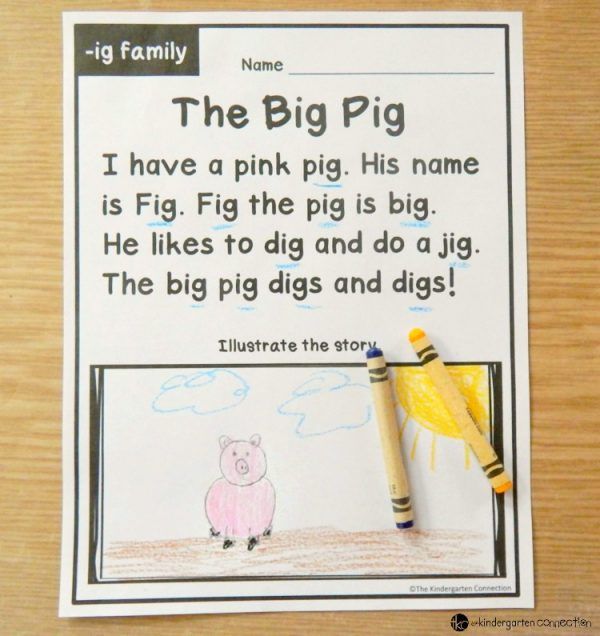 Familiar ideas will also make them feel more confident and comfortable while learning.
Familiar ideas will also make them feel more confident and comfortable while learning.
For example, if you want to start with the letter “T,” consider printing out pictures of things that start with “T” that your child loves, such as trucks and tigers. Let your child choose which pictures to use, and then help them create their very own alphabet book with those images!
Working with your child to construct their personal letter-sound alphabet — a mixture of the specific picture you want them to learn to associate with a particular letter sound — is an easy and fun craft project that will pay off in the long run.
The more personalized you can make the learning process the more fun your young learner will have!
Familiarity can also help your child beyond simply learning the letter sound: it helps them build confidence! The more your child feels like they understand and know what they’re reading, the more likely they’ll be to develop an enthusiasm for learning.
3) Repetition, Repetition, Repetition
This technique focuses on repetition, which is great for getting your child familiar with their letter sounds.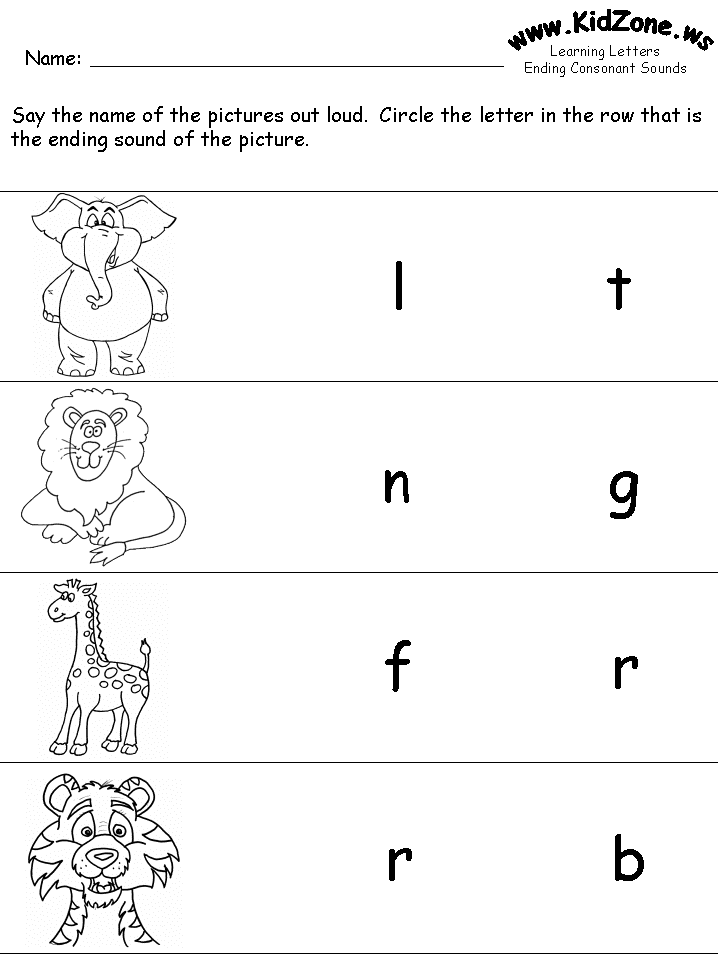 By consistently repeating the same letter sounds to them, you can help your child more easily pick up on them.
By consistently repeating the same letter sounds to them, you can help your child more easily pick up on them.
A great idea might be to focus on introducing your child to one letter sound at a time. You could make a “letter of the week” jar for your child. Place an empty jar on your counter labeled with the letter sound for the week.
Every time your child points out a word they’ve heard that starts with the letter sound of the week, they earn a “ticket” or “point” in the letter sound jar (you could also use stickers on a poster if you don’t have a jar handy).
Challenge your child to gain three or four points (or more!) during the day. You’ll want the jar to be somewhere your child sees it often — maybe in the kitchen so you can prompt your learner to think of a word while you’re making dinner or washing dishes!
They don’t have to rely on only the things they hear or see in real life, especially when it comes to those trickier letter sounds (like x, q, or z). Consider using some of your daily reading time to flip through magazines or books and point out the letter sound whenever you come across it.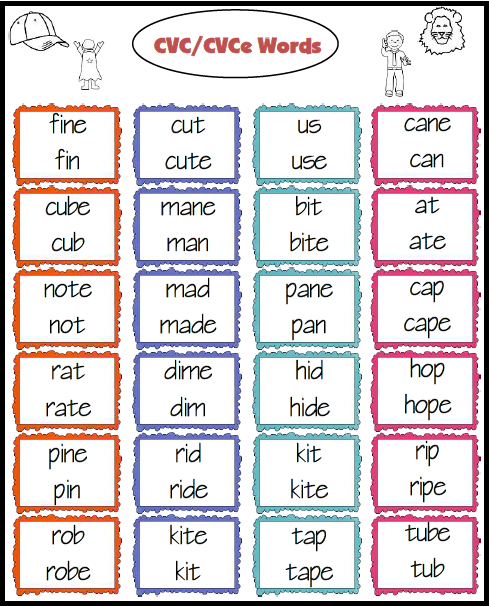
Emphasizing repetition this way really gives your child the chance to focus intensely on a single letter and explore the primary sound it represents!
Giving them ample amounts of time, practice, and exposure to one sound at a time may help them with their learning longevity.
4) Digital Letters In The 21st Century
Technology is a huge new factor in modern-day learning. Not only do children learn how to read and write texts, but now they also have to learn how to use a keyboard at a very young age.
While too much media time can be bad for your child, there are ways to be mindful about media consumption and incorporate media into their letter-sound learning. Especially for busy families, media can be a really useful asset to add to your parenting tool belt.
If you’re looking for a safe, personalized, and reliable place for your child to work on their reading and letter-sound skills, our online learning center has tons of playful games and exercises!
Your child can also use a simple keyboard to engage their letter-sound skills.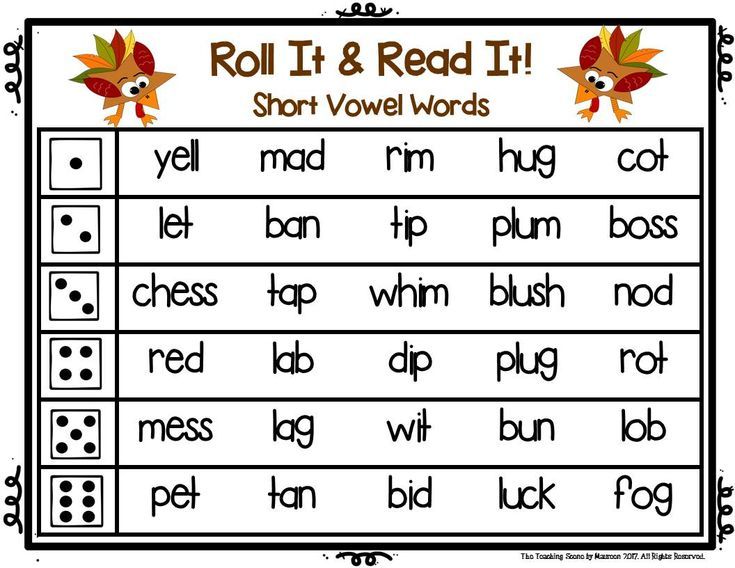 For this activity, you can call out the sound of a letter and ask your child to hit or point to the letter it matches on a keyboard.
For this activity, you can call out the sound of a letter and ask your child to hit or point to the letter it matches on a keyboard.
This exercise is easy and versatile, as you can use any keyboard you have around — on your phone, your computer, or a device designed for kids. And your child will probably love pretending to be a grown-up just like you!
5) Bingo
Classics are classics for a reason. And Bingo is a time-tested, kid-approved game!
If you’d like to take a shot at this activity, draw or print out a Bingo sheet that has pictures of things your child is familiar with (remember tip #2!). We recommend sticking to things they see daily, like apples (for the “a” letter sound), bikes (for the “b” letter sound), and so on.
To play, call out a letter sound and instruct your child to mark off the picture that begins with the same sound. If your child has siblings or neighborhood friends, consider inviting them to play along (it makes for a great virtual game, too).
The first to make it to bingo wins!
Making Letter Sounds Fun And Functional
We hope these tips were helpful and gave you some creative ideas for how to get your child engaged with letter sounds (while having a blast along the way!).
We always want to leave you with a reminder that on the journey toward helping your child become a confident, enthusiastic reader, it may take some time to discover what learning strategies are the perfect fit for them. That’s OK!
If you ever need a little extra help or want to switch up your child’s learning routine, our learning center is always open and full of engaging and effective exercises for your emerging reader!
Author
Practicing the sounds of the English language - videos, exercises, tongue twisters
Since the previous article in this section received your approval, we continue to study the features of the pronunciation of English sounds 🙂 This time we will take paired consonant sounds /d - t/ and /z - s/ .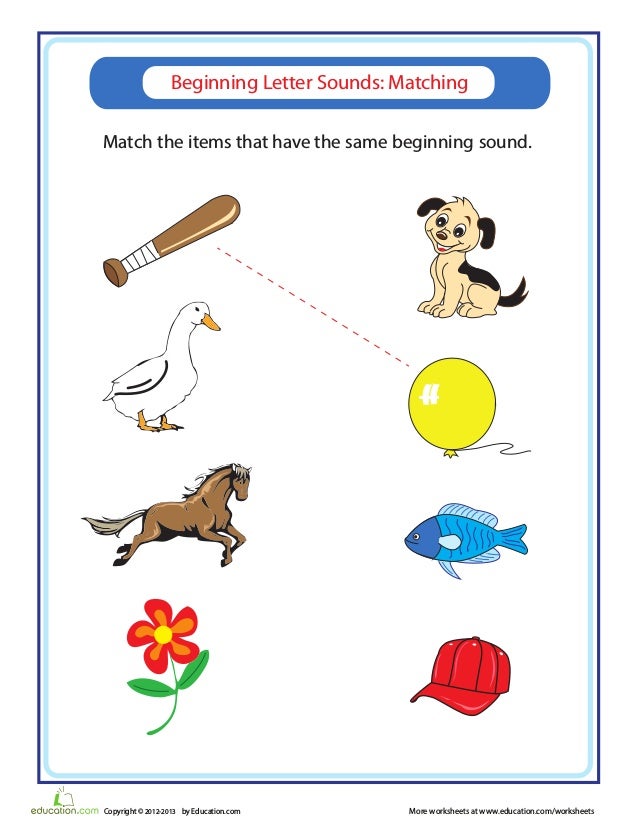 Let's figure out how they differ from their Russian counterparts and learn how to pronounce them. Because an incorrectly pronounced consonant can completely change the meaning of the word .
Let's figure out how they differ from their Russian counterparts and learn how to pronounce them. Because an incorrectly pronounced consonant can completely change the meaning of the word .
It may seem to us, Russian speakers, that these sounds are absolutely identical to ours /dt/ and /ss/. How wrong we are: WRONG pronunciation of these phonemes creates our typical East Slavic accent.
Causes of errors in pronunciation
- The sounds themselves are not pronounced like our (different articulation gives a different sound).
- These sounds do not soften before the front vowels , as in Russian (yes, they do not have a paired soft sound. Actually!). nine0018
- At the end of the word these sounds are not deafened (reduction of voiced consonants is one of the most common mistakes).
Another article on the topic: How can I speak English if my language is Russian
Today we will work out each item according to a scheme familiar to our readers: first theory, and then practice on special sets of words and tongue twisters.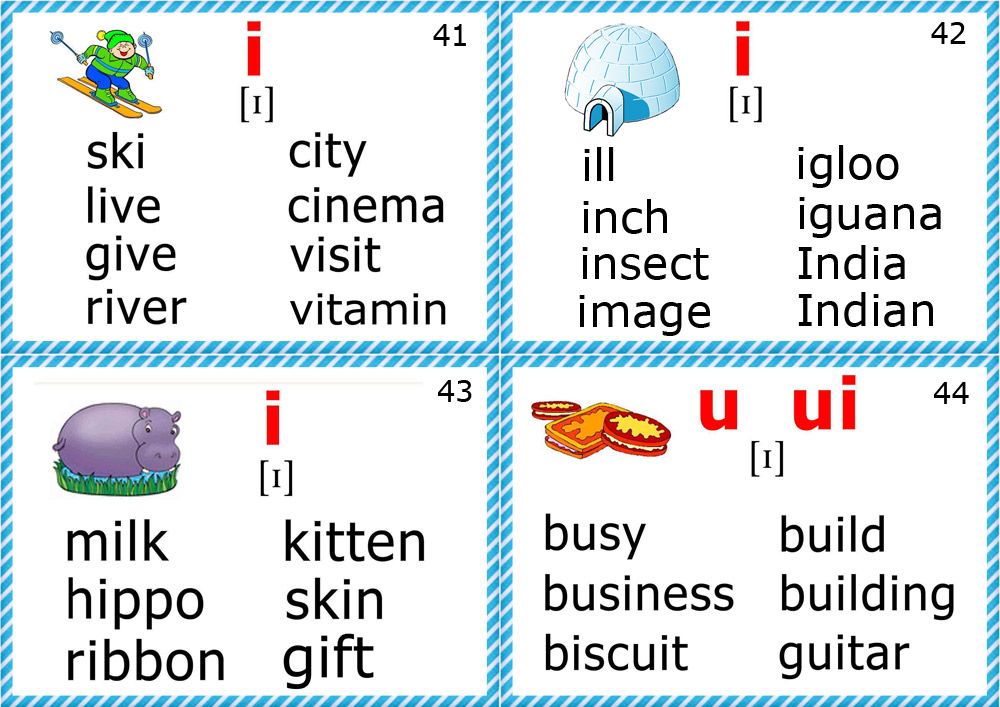
Sounds of English in comparison with Russian: /d – t/
The sound /d/ is pronounced in words day, did, mad . The essential difference from Russian /d/ is that when pronouncing the Russian sound , the front part of the tongue is pressed against the inner surface of the upper teeth and gums , and the tip of the tongue itself is slightly lowered (say the word “house” and track the position of your articulatory apparatus - do you feel it?).
When pronouncing English / d / , the blunt tip of the tongue should be pressed against the alveoli (tubercles above the teeth) at a right angle. nine0007
Tip: Press the tip of your tongue (not the front of it) against the alveoli (not your upper teeth).
Exercises for English sounds
Task No. 1. Stop the correct articulation in the following words:
DOG / Dɒɡ /
Doll /
DOS / DUːz /
Dry / Draɪ /
DESK / DESK / DESK desk /
dark / dɑːk /
date / deɪt /
darn / dɑːn /
doctor / ˈdɒk.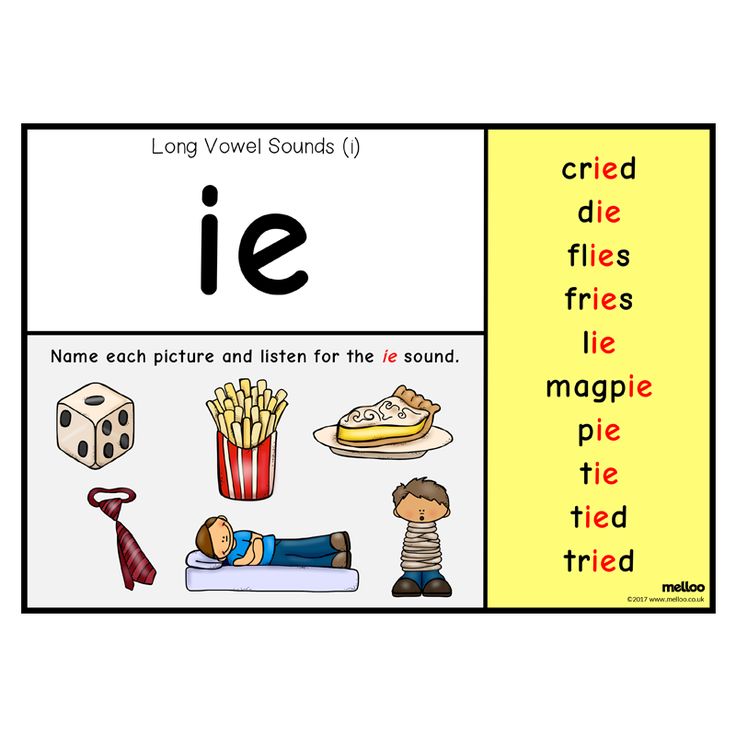 tə r /
tə r /
middle / ˈmɪd. ə l/
Another important difference from Russian /d/: English consonants are not softened before front vowels (such as Russian i, e, yu, etc.). If in the word “sofa” we say soft / d /, then in the word “did” - the sound / d / will be hard as a rock 🙂
learned above), and then raise the middle back of the tongue to pronounce the next vowel. nineOl000 r /
Deep / diːp /
ditsy /ˈdɪt language /t/
Now let's learn how to pronounce /t/, which will be quite easy since it has the same articulation as /d/ – we bring the blunt end of the tongue to the alveoli at a right angle .
But there is one more important detail - this is the aspiration of sound (or aspiration, as they usually say). More about this English sound in the video:
Task number 3.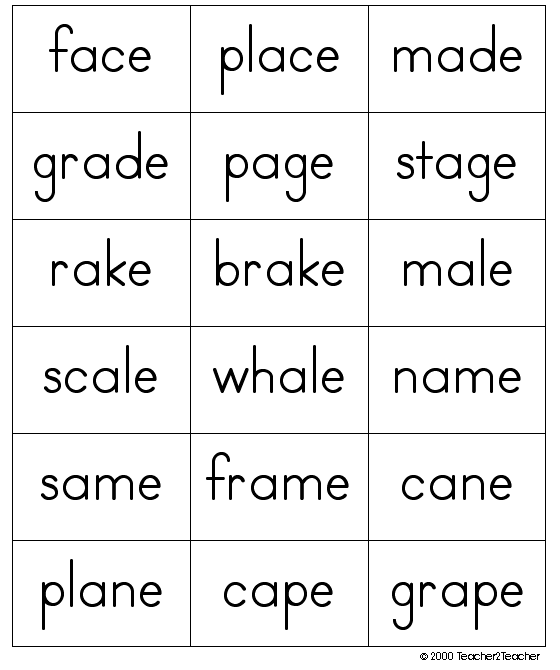 Practice correct articulation on the following words:
Practice correct articulation on the following words:
tail / teɪl/
talk / tɔːk /
TAP / Tæp /
TASK / TɑːSK /
TASTE / TEɪST /
Tan / Tæn /
Ton / Tʌn /
I also note that the strength of breathing up depends on the position:
- Aspiration will be stronger than it will be stronger before a stressed vowel: tea /tiː/
- is weaker before an unstressed vowel: water /ˈwɔː.tər/
- at the end of words almost without a breath: cat /kæt/
- without aspiration after sound /s/: best /best/
/t/ also does not soften before front vowels . So, in the word “tina” we say soft Russian /t/, but in the word “team” we say hard English /t/.
Also read: typical Russian -speaking errors
Task No. 4. Powers the solid / t / in front of the front vowel:
TIP / tɪp /
Tea /
Teach / Tiːtʃ /
TEEA /tiːm/
Tear / TEAR R /
Teal / Tiːl /
Teen / Tiːn /
Till / Tɪl /
TIC / Tɪk /
Tin / Tɪnt /
Paired sounds in English: On the absence of deleting
And now the last difficulty that these two sounds divide into two: no stun at the end of a word. For a Russian person it is very difficult: " ko d " and "ko t “ sound the same with us. In English, the sonority of sound has a semantic function: deafen the sound - change the meaning of the word . Classic examples: BU D - BU T (Plant kidney - Union “But”), BA - BA T
For a Russian person it is very difficult: " ko d " and "ko t “ sound the same with us. In English, the sonority of sound has a semantic function: deafen the sound - change the meaning of the word . Classic examples: BU D - BU T (Plant kidney - Union “But”), BA - BA T
Tip: pronounce all consonants clearly according to the rules of reading. For example, listen to how singer Taylor Swift pronounces the words in the song "Bad Blood" .
CAUSE BABY Now We GO T BA D BLOO D 9000 9000 9000 YIT IT USED TO USED TO USED TO USED TO USED TO USED TOM0038 love
Task 5 Say them according to the transcription without deafening the sound / d / at the end.
Mi D /Mɪ D /
Mi TT /Mɪ T /
Ma D /Mæ D /
Ma T /Mæ T /
Fee D / Fiː D /
Fee T / FIː T /
CA / KQ D /
CA T / KQ /
22 CO D / Kɒ D /
Co T / Kɒ T /
BO D / Bɒ D /
BO T / Bɒ T /
bi t /bɪ t /
ba D / bæ D /
BA T / Bæ T /
BE D / BE D /
BE / BE T /
We D / We D /
WE T / We T /
WA D / Wɒ D /
WHA / Wɒ T /
FA D / Fæ D /
fa t / fæ t /
ha d / hæ d /
HA T / HQ T /
Ho D / Hɒ D /
Ho T /
le D / LE D /
LE LE T / LE T /
A DD / æ D /
A T / æ T
The Speaks of English
Finally work several speed withdrawal.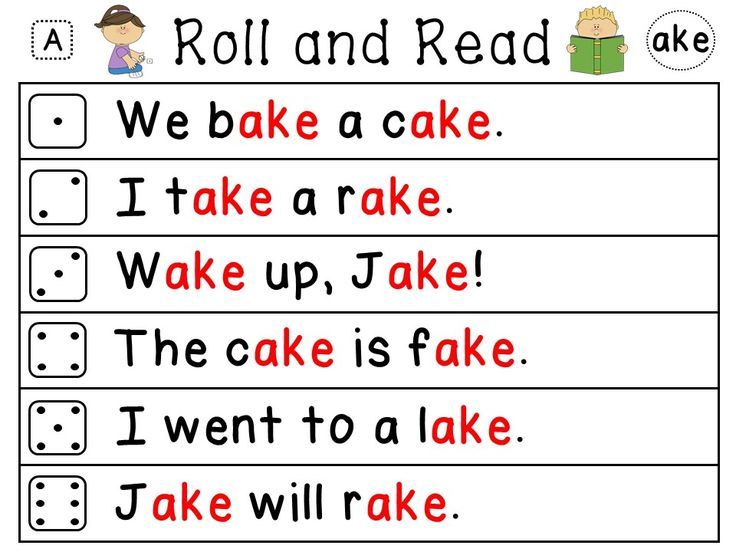 For convenience, the sound / d / is marked in bold in them:
For convenience, the sound / d / is marked in bold in them:
- D an's D a d is a goo d d river.
- D OLLY D ALE D Ance with D AVY D AIL, D AVY D AIL ATES D OLLY D ALE.
- If a d octor is d octoring a d0039 d octor the d octor the way the d octor being d octored wants to be d octored or d oes the d octor d octor the way he usually d octors ?
Now for the sound /t/.
- The t rip by t rain t ook t
- T like T EN Pre TT Y T EAPO T S and PU T T Wen Y T Wo Pla ES on the T ABLE.
- T IM T OLD T OM A T Rue S T ORY ABOU T Wen Y- T W T 9003 TELL 9003 TELLLS TELLL.
 That T im plan t ed a t a moun t ain t op.
That T im plan t ed a t a moun t ain t op.
The pronunciation of English consonants / Z - S /
Sound / Z / pronounced in words Z One, HI S , RO SE . It differs from ours / z / in that when pronouncing the Russian sound , the tip of the tongue is wide , and is located at the base of the lower front teeth , and the air passes through the gap between the front of the tongue and the teeth (say the word "umbrella" and follow the position of your articulatory apparatus).
For the English sound /z/ the tip of the tongue again rises closer to the alveoli (but does not touch them), and the air passes through the gap formed between the alveoli and the tip of the tongue.
Tip: put the tip of the tongue closer to the alveoli. Note that you should feel the air flow going straight ahead, not in different directions.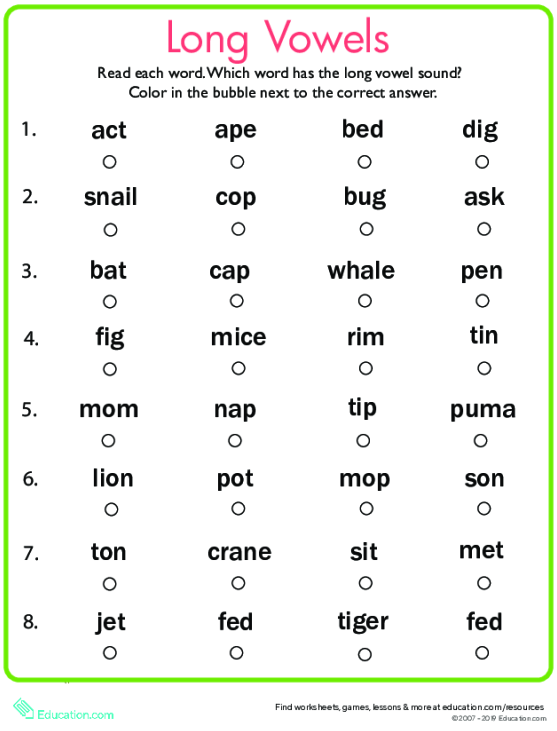
Learning the sounds of English
Task No. 1. Train the correct articulation on the following words:
zoo / zuː /
Zone / zəʊn /
zap / zap /
Zany /ˈze.ni/
zoom / zuːm /
Bozo /ˈbəʊ nine0040 . We will pronounce the word “winter” with a soft /z’/, while in the word “zipper” - / z / hard.
Tip: first complete the articulation of the consonant and only then raise the middle back of the tongue to pronounce the next vowel.
Task No. 2. Train to pronounce hard / z / in front of the front vowels in words:
zero /ˈzɪə.rəʊ/
zipper /ˈzɪp.ə r /
zinc / zɪŋk /
9000 9000 9000Zing / Zɪŋ /
ZIP / Zɪp /
Zit / Zɪt /
Uzi /ˈuː.zi/
Zebra /ˈze
Lazy/
hazy /ˈheɪ.zi/
Silent sound /s/ in English
Articulatory it is pronounced the same as /z/, but without the voice .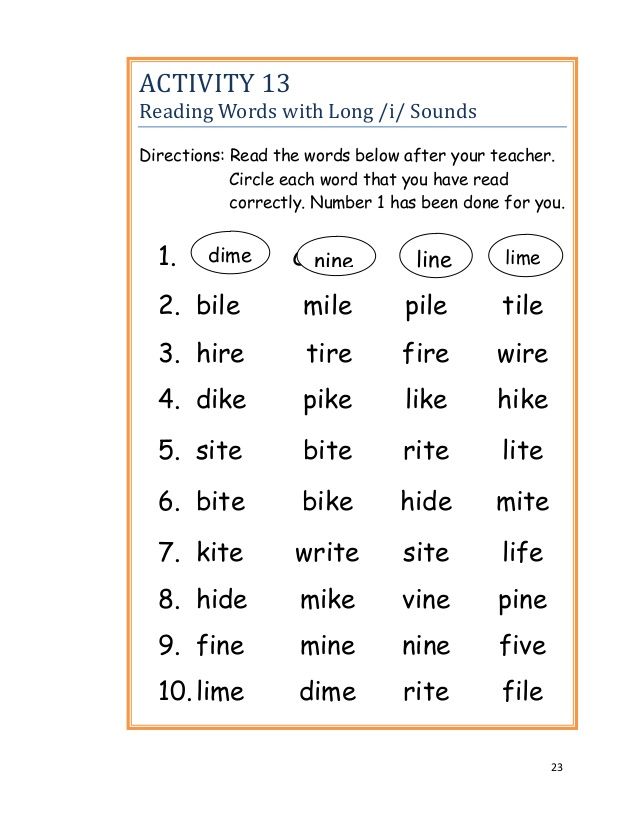 The difference from Russian / s / is the same - the tip of the tongue is raised to the alveoli, and the sound is formed by a stream of air passing through a narrow gap between the tip of the tongue and the alveoli.
The difference from Russian / s / is the same - the tip of the tongue is raised to the alveoli, and the sound is formed by a stream of air passing through a narrow gap between the tip of the tongue and the alveoli.
Another difference - sound / s / is stronger and longer than Russian : pronounced more intensely, energetically and for a long time, especially in the final position: miss .
Tip: put the tip of the tongue closer to the alveoli, and note that English /s/ is a longer sound than Russian.
Task No. 3 . Practice correct articulation on the following words:
sad /sæd/
safe /seɪf/
sail /seɪl/
SOON / SUːn /
SAKE / SEɪK /
Salad /ˈsæl.əd/
Son / Sʌn /
SALT / SALT /
SOME / Sʌm /
Say / SEɪ /
I again pay attention to, I again pay attention.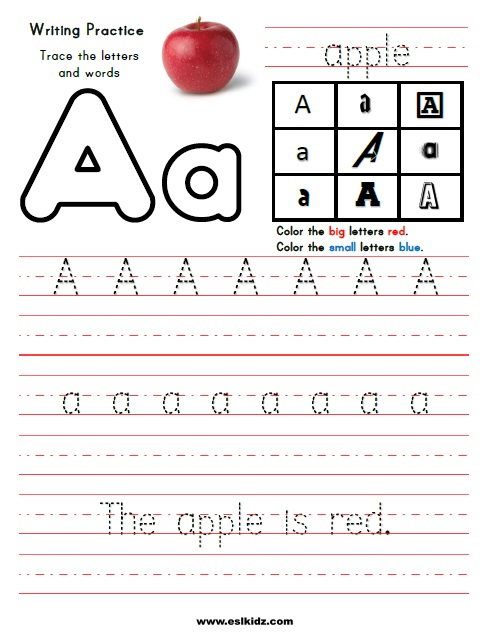 that /s/ is not softened . For example, the word “strength” is pronounced with a soft /s/, and “seen” is pronounced with a hard one.
that /s/ is not softened . For example, the word “strength” is pronounced with a soft /s/, and “seen” is pronounced with a hard one.
Task 4. Practice saying a hard /s/ before front vowels:
see /siː/
sit /sɪt/
SEEM /Siːm /
SEA /SIː /
Six /Sɪks /
Suit /SJUːT /
Silk /Sɪlk /
Silly /ˈsɪl/
9000 Sing /Sɪŋ / 9000 Sister /ˈSAX. Tə r /Paired sounds in English: Exercises
I repeat again about a typical error for us - stun the final sound and thus change the meaning of the word: BU ZZ S S (buzz - bus), ri se – ri ce (climb – rice) . Listen to how Stephen Curtis Chapman pronounces the sound / z / in the song “His Eyes” .
Hi s eye s are alway s upon us; Hi s eye s never clo s e in sleep. And no matter where you go, You will alway s be in Hi s eye s , in Hi s eye s .
And no matter where you go, You will alway s be in Hi s eye s , in Hi s eye s .
(His eyes are always looking at us, his eyes never close in sleep. And no matter where you go, you will always be in his eyes)
Task #5. clearly pronounce the correct sound at the end of the word.
BU ZZ / Bʌ Z /
BU S / Bʌ S /
Ri SE / RAɪ /
Ri CE 9 ° C 004 /Raɪ
S /
A S /æ Z /
A SS /æ S
BAG S /Bæg Z /
BACK S /Bæk S /
NOI SE / Nɔɪ Z /
VOI CE / Vɔɪ S /
Wi / Waɪ Z /
Ni / Naɪ S /
no se /nəʊ z /
overdo se /ˈəʊ.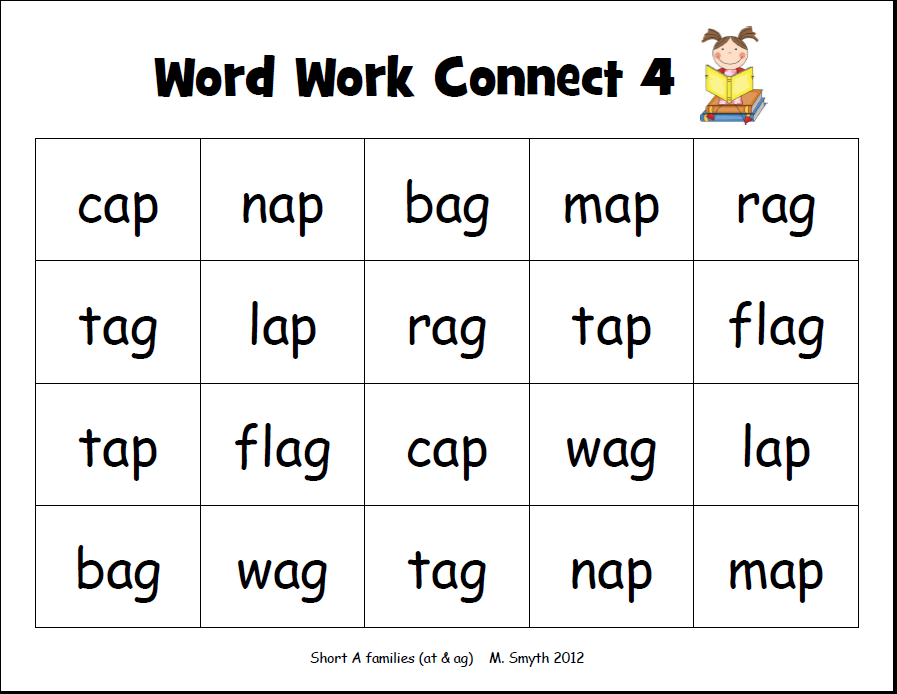 və.dəʊ S /
və.dəʊ S /
CLO SE / Kləʊ Z /
Lachrymo SE /ˈlæk.rɪ.məʊ /
Th, . ɪ.pəʊ s /
BLOU SE / BLAʊ Z /
MOU SE / Maʊ S /
ADVI Se / ədˈvaɪ /
VI CE / VA s /
cau se / kɔː z /
SAU CE / Sɔː S /
Limb S / Lɪm Z /
Bit S / Bɪt /
HI S / Hɪ /
Mi SS SS / mɪ S /
Tensor in English for practicing sounds
Sound / Z /
- He ROU S S , Open S Hi S EYEE S , Ri , Ri , Ri , Ri , Ri , Ri , Ri s e s and goe s to Z oe.
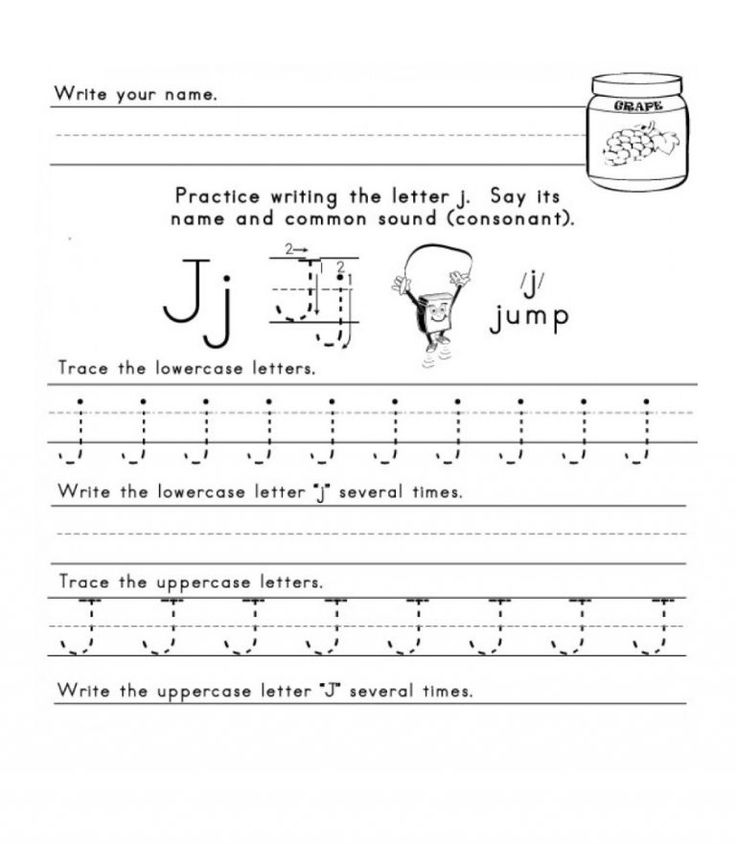
- A Z ulu z oologist vi s ited Z urich z oo on Tue s day to e x amine do z en s noi s y z Ebra S , DO Z EN S LA Z Y Li Z ARD S And Do S CRA Z Z Z Z Z Z Z Z Z Z Y CHIMPAN Z. a de s ert on Z an z ibar.
Sound / S /
- S Ue t S today.
- S wan s wam over the s ea, s wim, S an, s wim. S wan s wam back again. Well s wum, S wan!
- A s ingle s inger s ings a s ad s ong about six ty- s i x s i s ters s itting by the s ea at s un s et.
See you soon, friends!
Next time we will focus on a new group of sounds. By the way, I would be grateful if you tell me in the comments which sounds to make out. See you on our blog! 🙂
By the way, I would be grateful if you tell me in the comments which sounds to make out. See you on our blog! 🙂
Next category articles:
- Sounds ɜː, ɒ, ɔː
- Sounds b, p, m, w, v, f
- Sounds ɪ, i:, e, ǝ
- Sound th
Phonetics of the Russian language for foreigners | Russian alphabet pronunciation Letters Sounds
Russian alphabet for foreigners: often not only foreigners who begin to learn Russian, but also advanced level foreigners cannot correctly pronounce some Russian sounds. We'll talk about which letters of the Russian alphabet cause difficulties for foreigners , we will give recommendations for teachers on how to teach phonetics of the Russian language, what phonetic exercises for foreigners need to be performed and what difficulties may arise in their implementation, we will separately talk about how to put the pronunciation of Russians sounds , which cause the greatest difficulties for foreigners.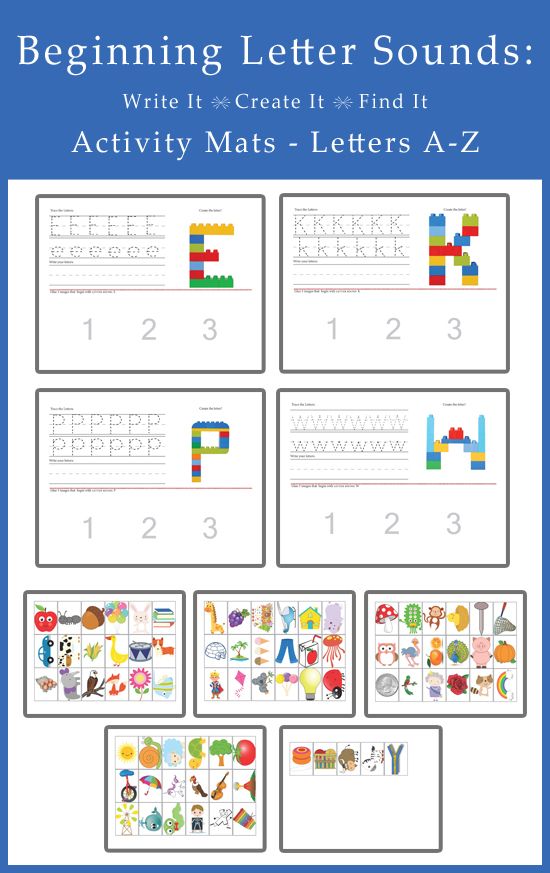
Russian as a foreign language
How to teach Russian pronunciation: letters and sounds
Lessons for teachers of Russian as a foreign language (RFL)
For beginners to learn Russian, foreigners The difficulty in learning the Russian alphabet and Russian phonetics lies in the fact that almost all letters of the Russian alphabet can represent several different sounds, for example: the letter E can denote the sounds [E], [YE], [I], and sometimes even the letter E can denote the sound [Y] (after the consonants Zh, Sh, C without stress: price, wife).
Pronunciation is another difficulty for teachers of Russian as a foreign language when teaching Russian to both beginners and foreigners continuing to study Russian. Below are recommendations, how to put the pronunciation of Russian sounds in the lessons of Russian as a foreign language.
Rules for staging Russian sounds. Teaching Russian phonetics
Russian phonetics for foreigners: work on staging any sound of the Russian language should begin with the formulation of phonemic hearing , i.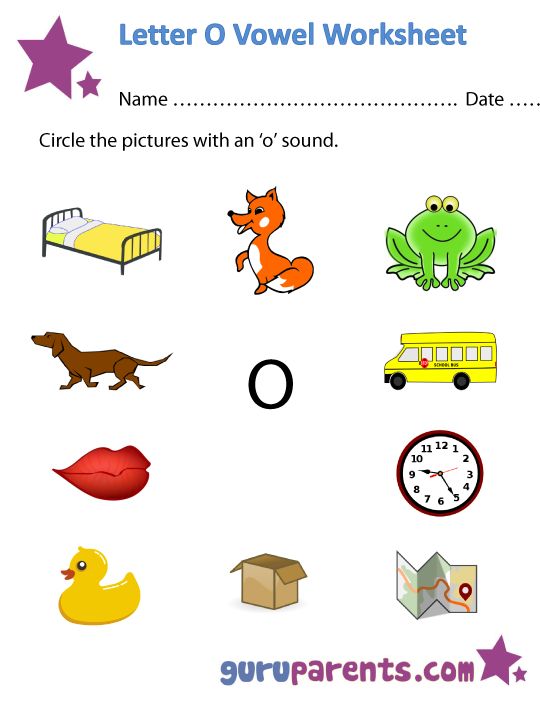 e. first you need to ensure that the foreigner distinguishes sounds by ear. This is important because many Russian sounds sound the same to foreigners. For example, if your student says “grandfather” instead of “girl”, and when you correct him, he answers that he said so, then this means that your student does not distinguish sounds [D] and [V] by ear, they are for it sound the same.
e. first you need to ensure that the foreigner distinguishes sounds by ear. This is important because many Russian sounds sound the same to foreigners. For example, if your student says “grandfather” instead of “girl”, and when you correct him, he answers that he said so, then this means that your student does not distinguish sounds [D] and [V] by ear, they are for it sound the same.
In order for foreigners to learn to distinguish sounds by ear, we recommend doing the following exercises :
Exercise "Playing with cards" :
1. Take two sheets of paper, write on them the sounds you will practice. For example, on one sheet we write D, and on the other - V. Let's give these cards to a foreigner. The teacher pronounces the sounds [D] and [V] in random order, and the foreigner must raise the corresponding card. Of course, the teacher must tell the foreigner if he makes a mistake.
2. Then the teacher pronounces syllables, for example: wa - yes, du - wu, ava - hell, etc.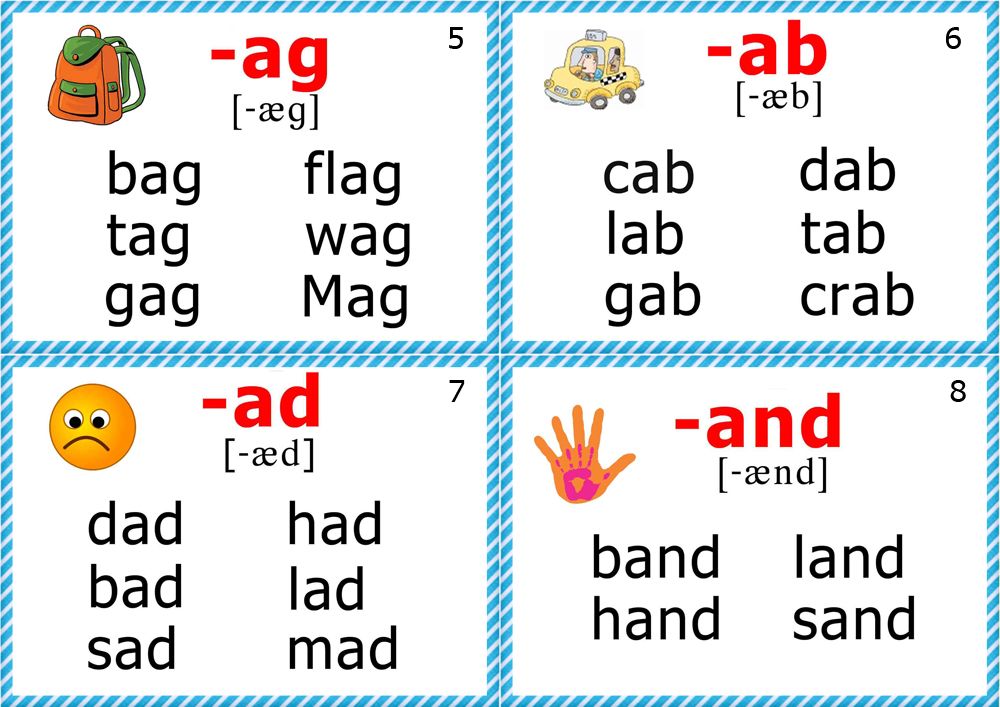 , and the foreigner must raise the “D” card or the “B” card. nine0007
, and the foreigner must raise the “D” card or the “B” card. nine0007
Phonetic dictation exercise :
The teacher dictates sounds, syllables, words to the student, and the foreigner writes down what he hears.
! Please note that in the exercise “Playing with Cards” and “Phonetic Dictation”, when practicing consonants, you do not need to dictate words that end in voiced paired consonants (B, C, D, D, F, Z), because. when pronouncing at the end of a word, voiced paired consonants are stunned. For example, if you dictate to a foreigner “bow”, “meadow”, then the foreigner will write down “bow”, “bow”, because “meadow” is pronounced like “lu[K]”, while your foreign student will not make a mistake, because this is a phonetic, not a spelling dictation. nine0007
When a foreigner began to distinguish Russian sounds by ear, the teacher can already change places with the foreigner, i.e. the teacher shows the card, and the foreigner says what is written. At this stage, another problem arises: a foreigner hears and understands how a Russian sound should sound, but cannot pronounce it correctly.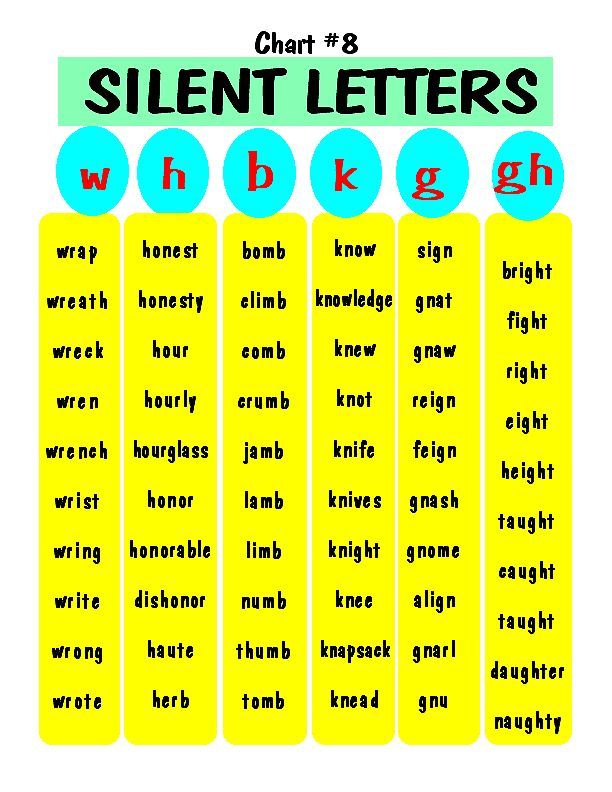 The greatest difficulties for foreigners arise when pronouncing the following sounds: [S], [Y], [R], [F], [C], [W], [Sh] . Below we will consider the rules for setting these sounds and give recommendations on how to explain Russian phonetics to foreigners, how to conduct phonetic exercises for foreigners. nine0007
The greatest difficulties for foreigners arise when pronouncing the following sounds: [S], [Y], [R], [F], [C], [W], [Sh] . Below we will consider the rules for setting these sounds and give recommendations on how to explain Russian phonetics to foreigners, how to conduct phonetic exercises for foreigners. nine0007
Russian alphabet - Letters I, Y
Pronunciation of sounds [I], [Y]. Phonetic exercises for foreigners
The pronunciation of the Russian vowel sound [Ы] causes difficulties for almost all foreigners. For example, foreigners pronounce "mi" instead of "we" and "beat" instead of "be".
The pronunciation of the vowel sound [I] causes much less difficulty for foreigners. The Russian sound [I] is similar to the English sound [i:]. To pronounce the sound [I] you need to point the tongue forward and touch the tip of the tongue to the lower teeth. When pronouncing [I], your students need to smile a little :).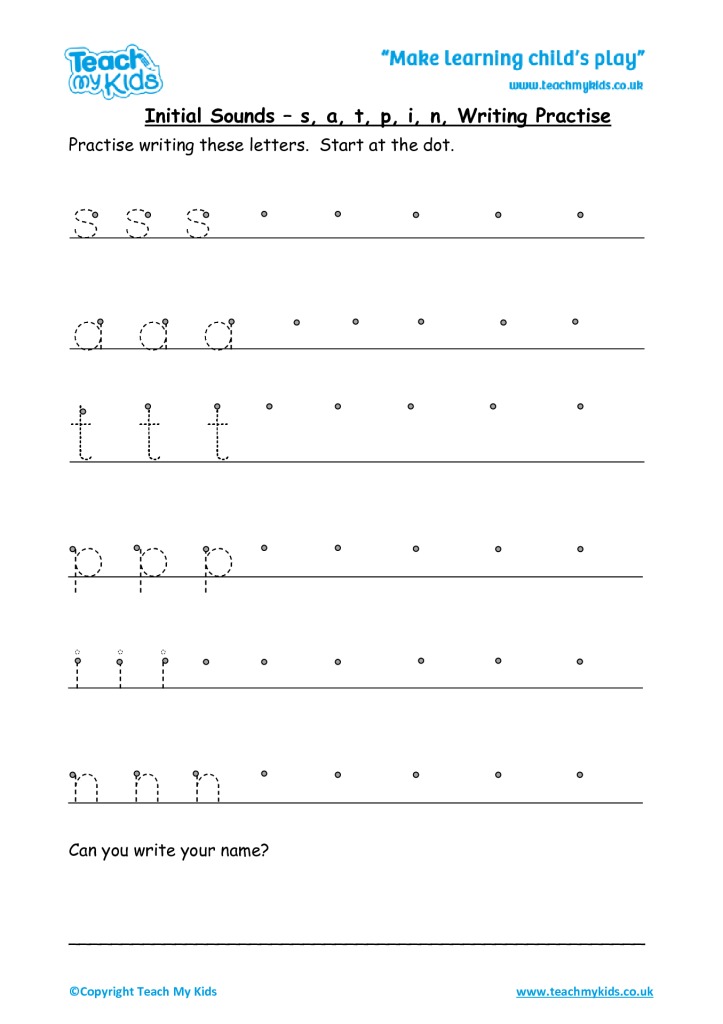 nine0007
nine0007
Let's return to the formulation of the problematic Russian sound [Ы] . When pronouncing it, the whole tongue must be pushed back and strain the back of the tongue . Now the tip of the tongue no longer touches the lower teeth, but is pushed back. When we pronounce [ы], we no longer smile (of course, such a complicated sound!) and [G]. The pronunciation of the sounds themselves [K] and [G] usually does not cause difficulty for foreigners, but when they are pronounced, the back of the tongue automatically tenses, and this is what we use in our phonetic exercise for foreigners:
yk - yg - yk - yg - yk - yg - yk - yg
ky - gy - ky - gy - ky - gy - ky - gy - s - s - s - s - s - s - s
ky - km - we - washed
gy - hmy - we - washed
ky - kvy - you - howl
gy - gvy - you - howl
ky - kby - would - was
gy - gby - would - was
soap, was, exit, exhibition, was, son, cheese, letters, smart
Russian alphabet - Letter Y
Pronunciation of the Russian sound [Y].
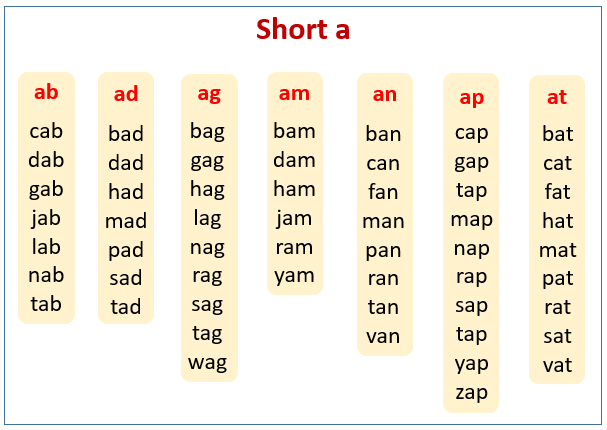 How to explain the sound [Y] to foreigners? nine0013
How to explain the sound [Y] to foreigners? nine0013 You should pay attention to foreigners beginning to study the phonetics of the Russian language to the letter of the Russian alphabet Y. The sound [Y] is found in Russian speech much more often than the letter Y vowels and after the letters b and b denote two sounds: [YE], [YO], [YU], [YA], for example: [YO] lka, with [YE] hat, kal [YA] n.
Difficulty in pronouncing the sound [Y] (often this sound is denoted as [j] in transcription) usually occurs among foreigners if the letter Y is at the end of the word, for example: foreigners pronounce "sanatorium" instead of "sanatorium" or "my" instead of "my". Very often, foreigners do not distinguish by ear the sounds [Y] and [I], then it is advisable to do the exercise “Playing with cards” with foreigners. nine0007
How to explain to a foreigner the difference between the sounds [Y], [I] and how to teach a foreigner to pronounce the sound [Y]?
It is necessary to explain to a foreigner that the sound [Y] is pronounced VERY briefly. The sound [And] can be sung: and-and-and-and-and-and-and-and-and-and ..., and the sound [Y] must be pronounced very briefly , as if someone pricked with a pin: OH! The sound [Y] is pronounced with much more tension than the sound [I], when the sound [Y] is pronounced, the middle part of the tongue rises more, so a narrower gap is created between the palate and the tongue and the air stream breaks out with more pressure, more powerfully. nine0007
The sound [And] can be sung: and-and-and-and-and-and-and-and-and-and ..., and the sound [Y] must be pronounced very briefly , as if someone pricked with a pin: OH! The sound [Y] is pronounced with much more tension than the sound [I], when the sound [Y] is pronounced, the middle part of the tongue rises more, so a narrower gap is created between the palate and the tongue and the air stream breaks out with more pressure, more powerfully. nine0007
Pay the attention of foreigners to the spelling of the letter of the Russian alphabet Y :
Often foreigners confuse not only the sounds [Y] and [I], but also the letters Y, I. Foreigners can write the letter Y as the letter I (without a check mark above the letter Y), they do this by analogy with writing the letters Yo and E, because. it is not necessary to put a dot over the letter Y in writing.
The teacher should draw the foreigner's attention to the fact that when writing the letter Y, you should always put a tick over the letter, because the absence of a check mark above the letter Y is a spelling and grammatical error.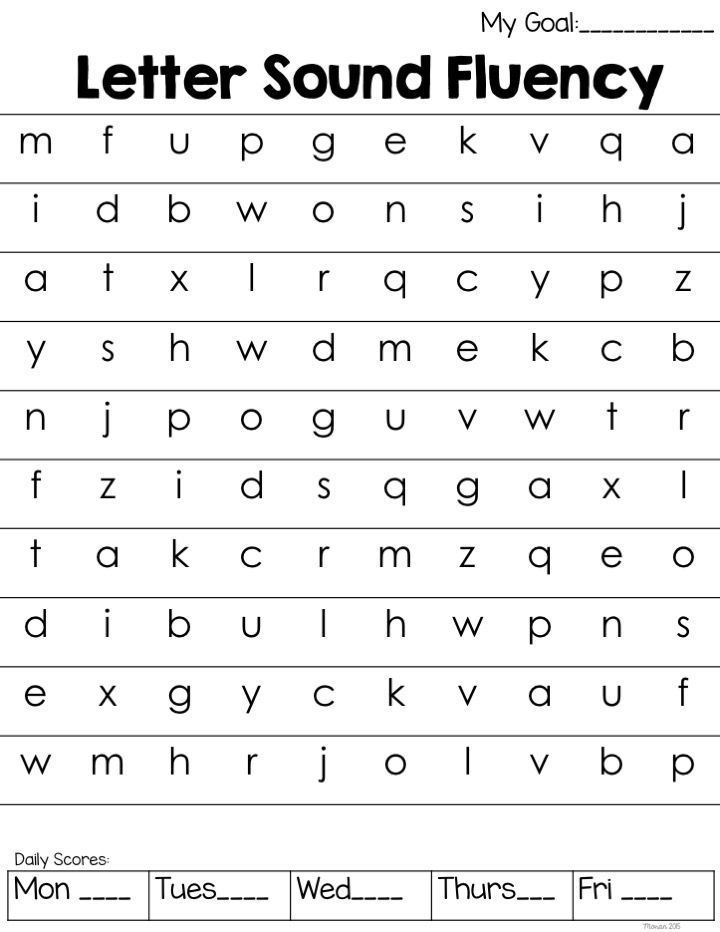 Compare: "my favorite cowboy" and "my favorite cowboys." nine0007
Compare: "my favorite cowboy" and "my favorite cowboys." nine0007
Russian alphabet - Letter Р
Pronunciation of the Russian sound [Р]. Phonetic exercises for foreigners
When pronouncing the Russian consonant sound [R], the tense tip of the tongue vibrates near the alveoli (these are tubercles above the upper teeth) under the action of the air jet.
So, when pronouncing the sound [Р], the tip of the tongue is slightly bent upwards, touches the tubercles above the teeth and is tense. But it is quite difficult for a foreigner to make the tip of the tongue vibrate. To help a foreigner, we turn to the helper sounds [T] and [D], during the pronunciation of which the tongue automatically takes the desired position at the alveoli. nine0007
Let's start our phonetic exercises.
Let's start the motorcycle!
dr – dr – dr – dr – dr – dr – dr – dr – dr – dr – dr – dr – dr – dr – dr – dr – dr…
Whose motorcycle started up?
Let's do more exercises (pronunciation of the sound [R]):
dra - dra - dra - dra - dra - dra - dra - fight
dro - dro - dro - dro - dro - dro - dro - fraction dru - dru - dru - dru - dru - friend
tra - tra - tra - tra - tra - tra - tra - trauma
tro - tro - tro - tro - tro - tro - tro - rope
tru – tru – tru – tru – tru – tru – tru – coward
| dra - dra – dra – ra – cancer draw - draw – draw – ro – rock dru - dru – dru – ru – pen dry - dry – dry – ry – fish | tra - tra – tra – ra – frame tro-tro – tro – ro – robot true - true – true – ru – Russian tra - tra – try – ry – market |
To practice the pronunciation of the soft sound [P'], in phonetic exercises after the letter P you need to use vowels that soften the previous consonant (E, Yo, I, Yu, Ya).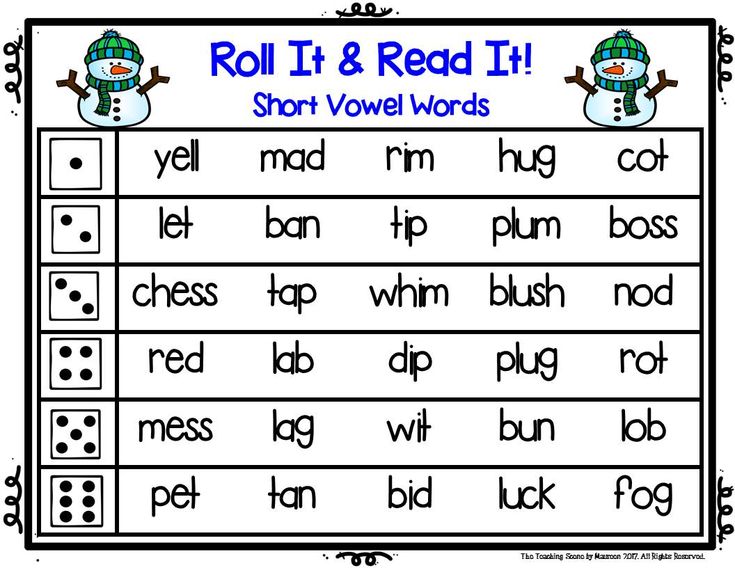 nine0007
nine0007
Russian alphabet - Letter Zh
Pronunciation of the Russian sound [Ж]. Phonetic exercises for foreigners
Another letter of the Russian alphabet, the letter Zh, is unusual for foreigners both in its spelling (some foreigners call it a butterfly) and in its pronunciation.
When pronouncing the sound [Ж], the tip of the tongue is raised to the alveoli (to the tubercles behind the upper teeth) and the tongue is pulled back.
To produce the zhu zhzh sound [Ж], we again turn to helper sounds: the consonant [Г] and the vowels [О], [У]. The sound [G] will help to pull the tongue back, and the sounds [O] and [U] will help to stretch forward and round the lips. nine0007
Phonetic exercises for foreigners:
gzhu - gzhu - gzhu - zhu - magazine, beetle, buzz, tell
gzho - gzho - gzho - zho - yellow, alien, knife, circle
Pronunciation of sound [Ш] is similar to pronunciation of sound [Ж], but the difference lies in the fact that the sound [Ш] is pronounced without the participation of the vocal cords (no voice, only noise). Below we will talk separately about the letters of the Russian alphabet Sh and Shch. How to explain the Russian sound [Ts] to foreigners? nine0013
Below we will talk separately about the letters of the Russian alphabet Sh and Shch. How to explain the Russian sound [Ts] to foreigners? nine0013
The Russian sound [Ts] is a single and indivisible sound, although it is similar to the combination of sounds [T + S], which is why some foreigners pronounce two sounds [TS] instead of the letter Ts. In this case, the foreigner must be explained that the sound [T] must be pronounced as short as possible !
It is better to work out the pronunciation of the sound [Ts] in words where the letter T is after the letters T or D, for example: fathers, to the father, with the father, thirteen, thirty, twenty, twelve, well done ...
Russian alphabet - Letters Ш and SC
Pronunciation of Russian sounds [Ш] and [Ш]. Phonetic exercises for foreigners
Foreigners often confuse the sounds [Ш] and [Ш] and do not even distinguish these sounds by ear. In this case You already know what to do! Of course, do the exercise "Game with cards. "
"
Compare how the tongue and lips are positioned when pronouncing the sound [Ш] and the sound [Ш]:
|
| Solid sound [W] | Soft sound [S] |
| Language | Moved back, the back of the tongue is tense. | Promoted forward, has a convex shape, which is raised to the palate, the tongue is tense.
|
| Tongue tip | Raised to alveoli (to the tubercles above the upper teeth).
| More moved forward to the teeth.
|
| Lips | Stretched and rounded. | Stretched into a smile.
|
When pronouncing the sound [Щ], the entire tongue moves forward, the middle part of the tongue is raised to the palate, the tongue is tense. When pronouncing the sound [Ш], the lips are less extended forward than when pronouncing the sound [Ш]. When pronouncing the sound [Ш], the corners of the lips are slightly stretched, and when pronouncing [Ш], we do not smile. nine0007
! The sound [Щ] is pronounced LONGER than the sound [Ш].
The sound [Щ] causes much more difficulties for foreigners. It is necessary to ensure that foreigners pronounce the sound [Щ] softly. Therefore, in the phonetic exercise, we use the vowel sound [I]:
Search - search - shchi - shield
Seek - seek - shche - cheek
Seek - seek - shche - brush
Seek - seek - shch - feel
How to perform phonetic exercises correctly when teaching Russian phonetics to foreigners
When you do any phonetic exercise , you must adhere to the following scheme:
1) When teaching the phonetics of the Russian language, the teacher first reads the letters, syllables, words, and the foreigner listens to the teacher and follows the text.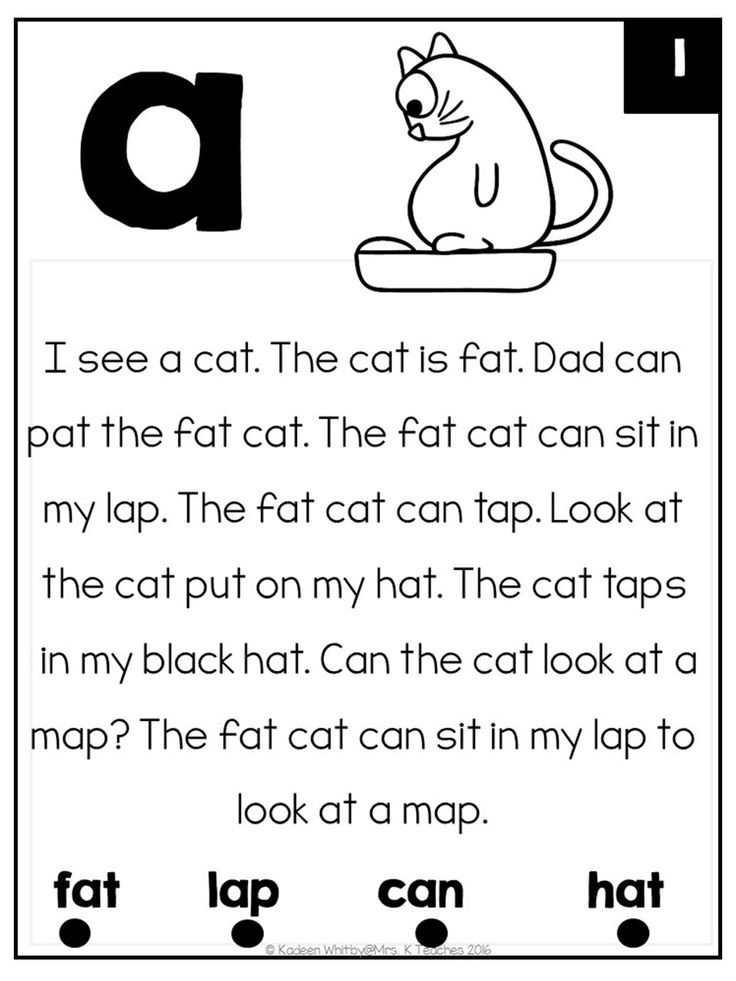
2) Then the teacher reads and the foreigner repeats.
3) And only now the foreigner reads independently.
If you need to explain to a foreigner the position of the tongue when pronouncing a sound, you can show it with your hands. For example, the right hand is rounded, fingers pointing to the floor. Now your right hand is the palate, alveoli and teeth. And from the left hand we will make a tongue. Now you can show foreigners the position of the tongue in the mouth. nine0007
Thanks to this, we will be able to explain practically without the intermediary language , which, of course, is a big plus.
We always recommend using as little intermediary language as possible in the lessons of Russian as a foreign language. such lessons are much more useful for foreigners studying the Russian language.
When creating materials for foreigners and teachers of Russian as a foreign language, we are always focused on making Russian language lessons not only as effective as possible, but also easy.